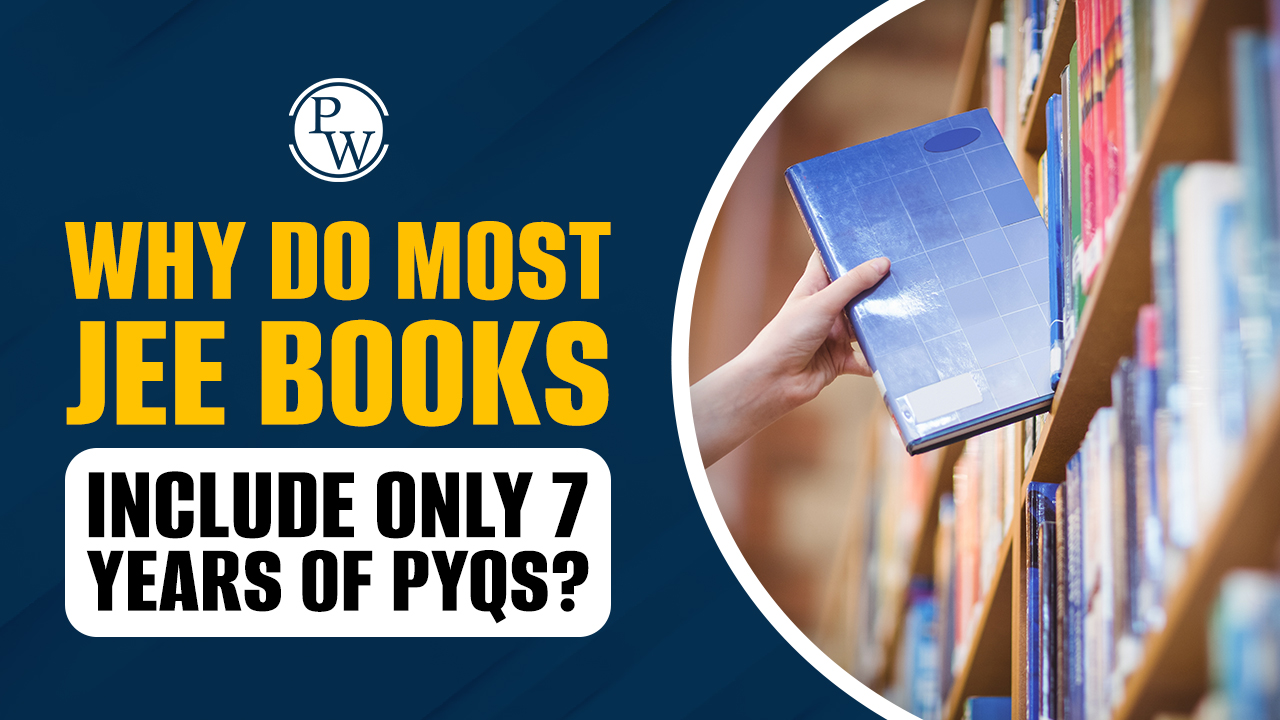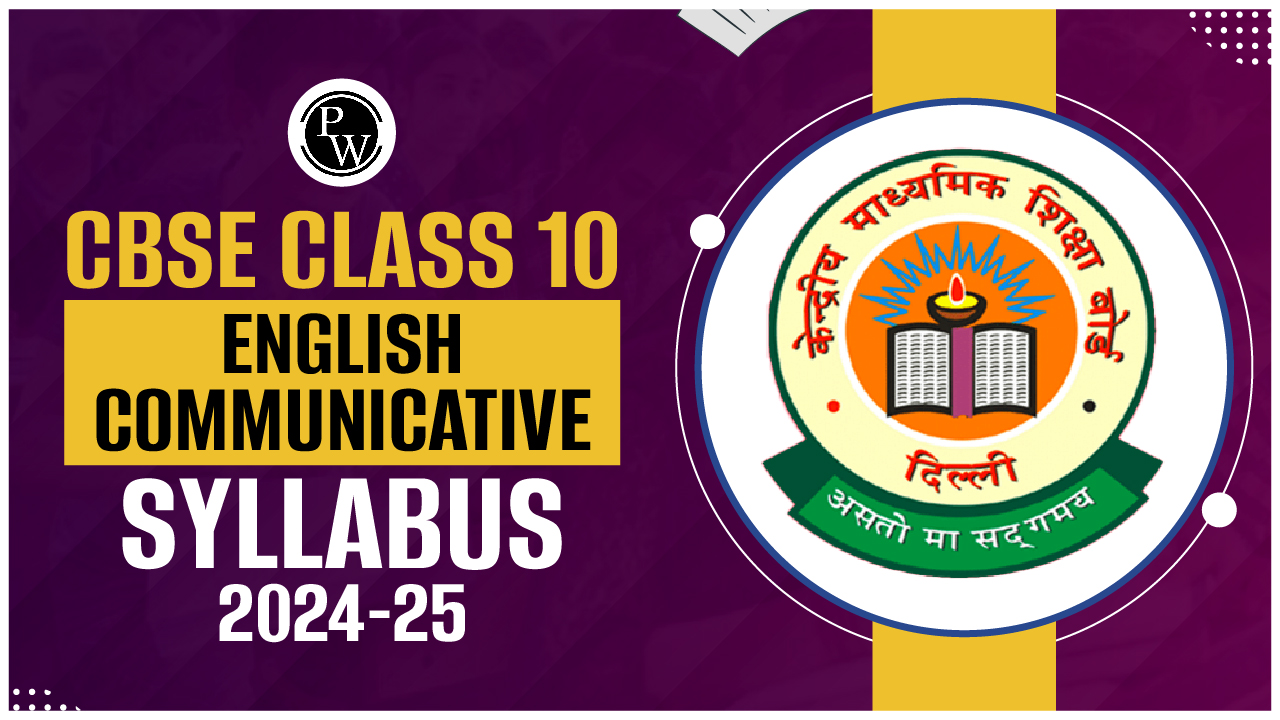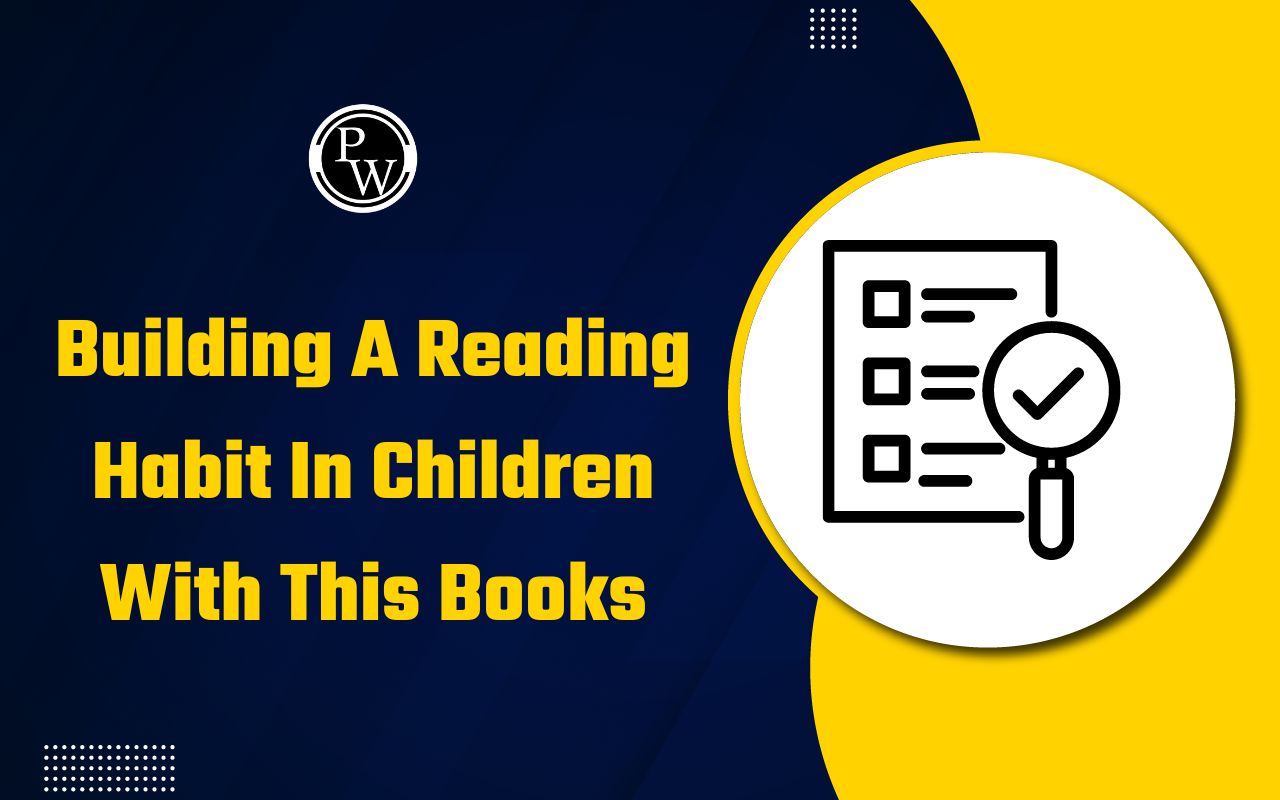Why Do Most JEE Books Include Only 7 Years of PYQs?

The Joint Entrance Examination (JEE) is India’s toughest gateway into top engineering colleges like the IITs, NITs, and IIITs. Every year, lakhs of students work hard to crack JEE Main and JEE Advanced. One of the right ways to prepare is by solving JEE Previous Year Question Papers (PYQs). You’ve likely noticed that most JEE books include only the last seven years of PYQs. But why stop at seven years? Isn’t more practice always better? Let’s explore this question, and learn about some big exam changes from 2018 through 2025, using simple, clear language that’s easy to follow.
Why JEE PYQ Books Include Only 7 Years?
If you have ever seen JEE preparation books, you must have noticed something common: most books only include the last 7 years of PYQs. But why only 7 years? Why not 10 or 15 years? Is it enough to solve just 7 years of PYQs? Let's understand this in very simple words.
1. JEE Exam Pattern Changes
Shift from Paper to Computer
-
Until 2017, JEE was mostly paper‑based. In 2018, JEE Advanced moved fully online.
-
Students now answer questions on a screen. Recent PYQs match this format. Older papers don’t.
New Question Types in 2018
-
Numerical Answer Type (NAT): For the first time in JEE Advanced 2018, 16 out of 36 questions per subject had no options. You typed in the exact number. Correct answer earned 3 marks; no negative marking.
-
Partial Marking: One‑third of questions allowed partial credit in both papers. This meant you could earn some marks for a partly correct solution.
-
These two features still exist. Solving the last seven years of papers gives you practice with them. Older papers do not.
-
2021: JEE Main expanded to 11 regional languages (Hindi, English, Gujarati, Bengali, Kannada, Assamese, Marathi, Odia, Urdu, Telugu, Tamil).
-
2025: Age limits were removed; now anyone finishing Class XII in 2023 or 2024, or appearing in 2025, can apply.
How 7 years PYQ’s help You
-
True-to-Exam Practice: Seven years of PYQs give you a window into today’s question types, time limits, and difficulty.
2. Relevance to Current JEE Syllabus
When you solve seven years’ worth of PYQs, you see patterns:
-
Mathematics: Calculus and algebra often make up ~40% of questions. Integration and matrices appear every year.
-
Physics: Modern physics and electromagnetism contribute 25–30% of total marks.
-
Chemistry: Organic reaction mechanisms and coordination compounds pop up again and again.
Going beyond seven years may include topics that were once tested but are no longer part of the syllabus.
How it Helps
-
Post‑2019: JEE has leaned heavily on application‑based problems instead of pure theory. Multi‑concept questions (for example, thermodynamics linked with electrochemistry) now appear often.
-
NAT Questions: Making up 15–20% of the paper, these require exact numerical answers—no options to guess from.
Seven‑year compilations, like JEE Main PYQ, curate questions that match today’s higher difficulty and modern trends.
3. Balance of Quantity and Quality
-
Too Many Papers Overwhelm: A 15‑year PYQ collection can mean 3,000–4,000 questions. That’s too much to handle alongside school, coaching, and revision.
-
Seven‑Year Sweet Spot: Roughly 1,500–2,000 questions. This is enough for deep practice without causing burnout.
Seven years of questions create the perfect study package - not too little and not too much. It gives students enough practice without overwhelming them. With about 143 exam shifts covered in the last 7 years (for JEE Mains), students get plenty of questions to work with.
4. Books Become Bigger and Costlier with More Years
Let’s be practical. A book with 7 years of JEE PYQs is already 400–600 pages long. Now, imagine adding 10 more years. The book will become:
-
Too big to carry
-
Too heavy to revise
-
Too costly to buy
That’s not useful for students. Publishers know this. So they keep it smart, just enough years to help you learn without burdening you.
Is 7 Years of JEE PYQ Enough for Exam Prep?
Some resources offer PYQs all the way back to 2002, arguing that foundational concepts stay the same. While true, these older papers:
-
Don’t reflect current patterns (no NAT, no partial marking, paper format differences).
-
Distract from high‑yield topics that appear in recent years.
When Older Papers Help
-
Olympiad Aspirants: To tackle unusual, tricky problems, going back can be useful.
-
Repeat Test‑Takers: If you’ve already mastered the recent seven years, revisiting older questions can expose hidden gaps.
How to Use the 7‑Year JEE PYQ Book Effectively
-
Build Strong Basics First
Master NCERT and class notes. PYQs should be a test of understanding, not a first introduction.
-
Follow a Chapter‑Wise Routine
Finish a chapter in class or theory, then immediately solve its PYQs from 2018–2025. Group study can help—explain tough questions to friends.
-
Simulate Real Exam Conditions
Time yourself strictly. Treat each PYQ shift like the real test. Use an online interface when possible to get used to CBT.
-
Review and Reflect
Read detailed solutions, note down shortcuts, and correct mistakes on a separate sheet. Maintain a one‑page formula sheet for daily quick revision.
-
Take Mock Tests
Blend PYQs with full‑length mocks. Two sessions per year (Jan & Apr) mean you can track your best score.
-
Revise by Pattern
After covering all seven years, revisit the toughest questions. Resolving builds confidence and speed.
Check Out: JEE Question Banks
Benefits of Studying 7 Years of JEE PYQs
One should know about the benefits of 7 years’ questions. We will discuss it below.
Understanding the Exam Mind
When you solve previous papers, you start to understand how the exam creators think. You learn what they consider important and how they frame questions. Seven years give you enough examples to truly grasp this thinking pattern.
Chapter-wise and Topic-wise Practice is Easier
Modern PYQ books, like the ones by Physics Wallah (PW), arrange the questions chapter-wise and topic-wise. This makes it easy for students to:
-
Focus on one concept at a time
-
Track their progress
-
Revise smarter, not harder
If you include too many years, such topic-wise sorting becomes tough and messy. With just 7 years, the books stay neat and focused.
Building Speed and Accuracy
Practice makes perfect. Working through 7 years of questions helps students become faster and more accurate in their problem-solving. They learn to manage time better and avoid common mistakes.
Boosting Confidence before JEE
Nothing builds confidence like solving real exam questions. When students successfully work through previous papers, they feel more prepared for the actual test. Seven years provide enough variety to build this confidence without creating study fatigue.
JEE Study Plan After Solving PYQs
While 7 years of PYQs forms an important part of JEE preparation, a complete study plan should include
Find the Right JEE Books
NCERT books provide the core concepts that form the foundation of JEE questions. Choose 1-2 good PYQ books per subject for deeper understanding.
|
JEE Mains Previous Year Question Paper |
|
Online Resources
Video lectures and interactive problems can help clarify difficult concepts. In 2025, many online platforms like PW will offer AI-assisted learning that can provide personalized help with challenging topics.
The JEE examination system continues to identify exceptional talent. In 2025, "24 candidates scored 100 percentile across states" in the JEE Main examination. This shows that despite all the changes, the exam still effectively identifies top performers. The 7-year standard for JEE PYQ books exists for good reasons. It provides relevant, up-to-date practice material without overwhelming students. It covers enough exam shifts to reveal patterns while staying focused on questions that match the current exam format. After mastering the last seven years, you ensure your preparation is smart, efficient, and spot‑on. Combine this with solid basics, regular mock tests, and clear revision routines, and you’ll walk into the exam hall confident, calm, and ready to tackle any question that comes your way.
Read More: IIT JEE 6-Month Study Plan
JEE Books FAQs
1. Why do JEE books include only the last seven years of PYQs?
Because the exam pattern, question types, and syllabus change over time. Seven years of recent papers best reflect today’s JEE.
2. What is a Numerical Answer Type (NAT) question?
A question with no options where you must type the exact numerical value. Introduced in 2018, it tests precise calculation.
3. Why focus on chapter‑wise PYQs?
Grouping questions by chapter makes practice organized. You master one topic at a time and track your progress easily.
4. How many PYQs should I solve each week?
Aim for 50–70 questions weekly, mixing Physics, Chemistry, and Math. Adjust based on your study plan and comfort level.










